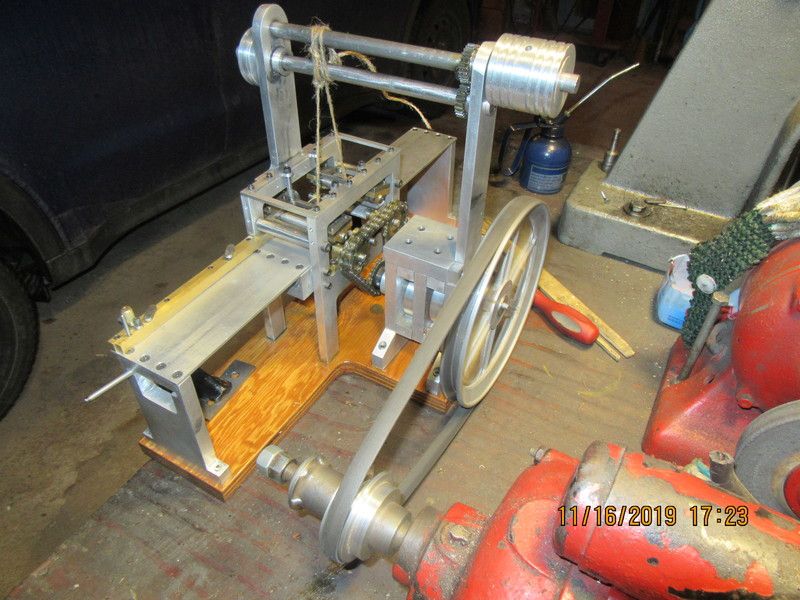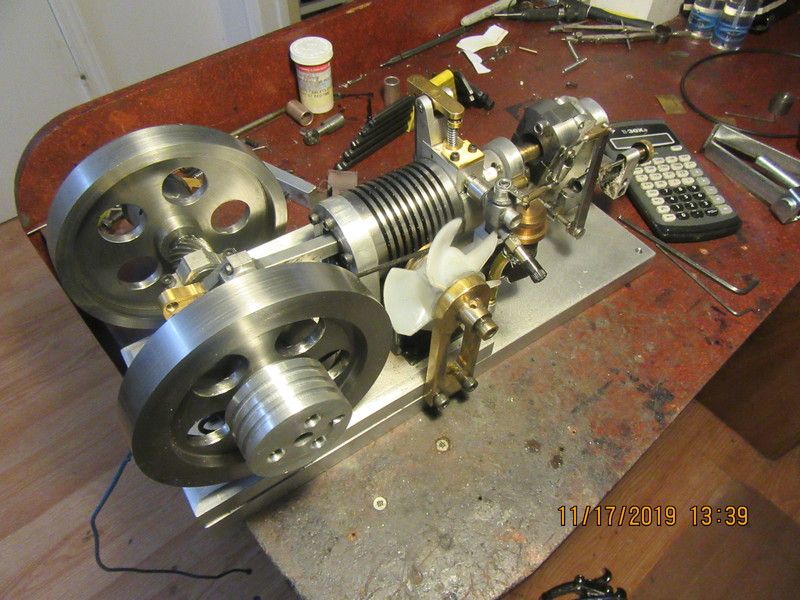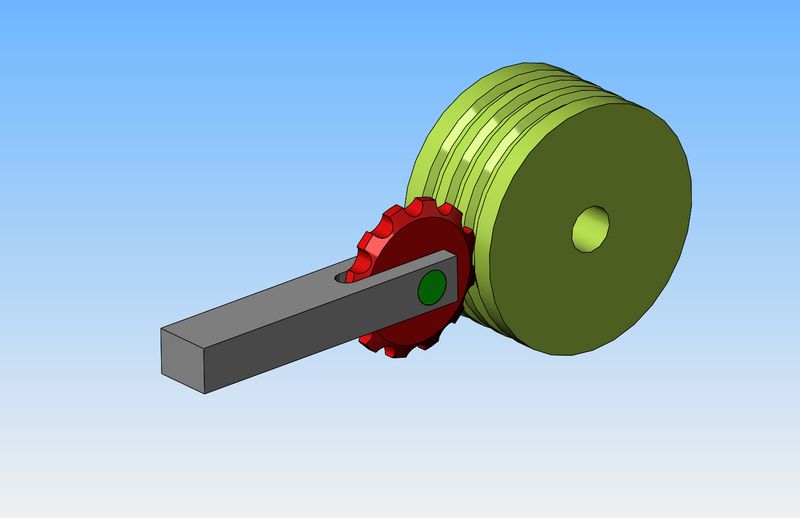So now we are going to see about old dogs and new tricks. I have always used black rubber O-rings as drive belts for the array of "Things to drive with my engines". That was mainly based on the fact that Hercules O-rings have a distribution warehouse in Barrie, and if I went over there and begged enough, they would give me what O-rings I needed. Time has moved on, and all of the personnel over there has changed so I doubt that my begging routine would do much good. The newest bunch of O-rings I am planning to use on my sawmill edger have been ordered from a Global O-rings in Toronto, and by the time I pay for the O-rings, the tax, and the shipping, I'm going to be looking at $75 or $80 which is a bit much. I have contacted a distributor of polyurethane Fenner drive belts (which are sold in 100 foot rolls, and a "welding kit" for joining the ends. According to people who seem to know, this round polyurethane belting is far less apt to slip on an aluminum pulley than an o-ring. I will post what I am quoted and also post what the O-rings I have on order end up costing, and let you know.---Brian
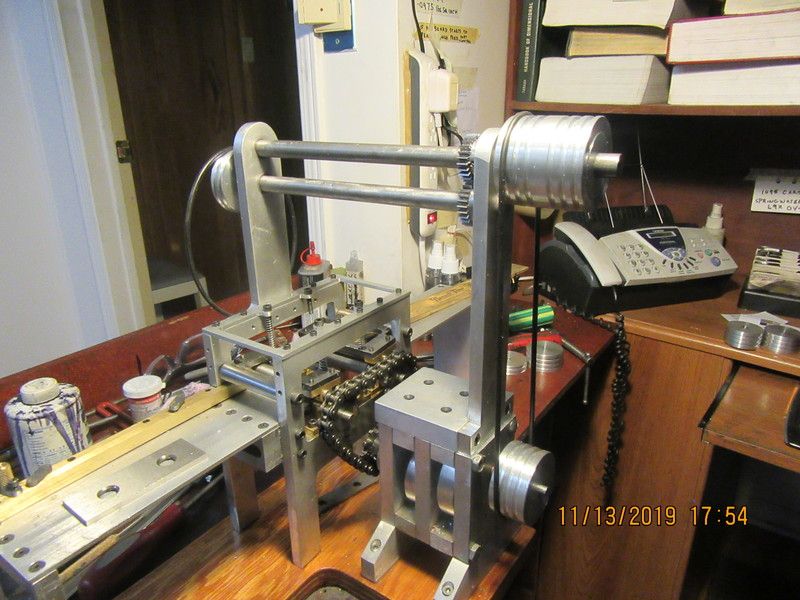






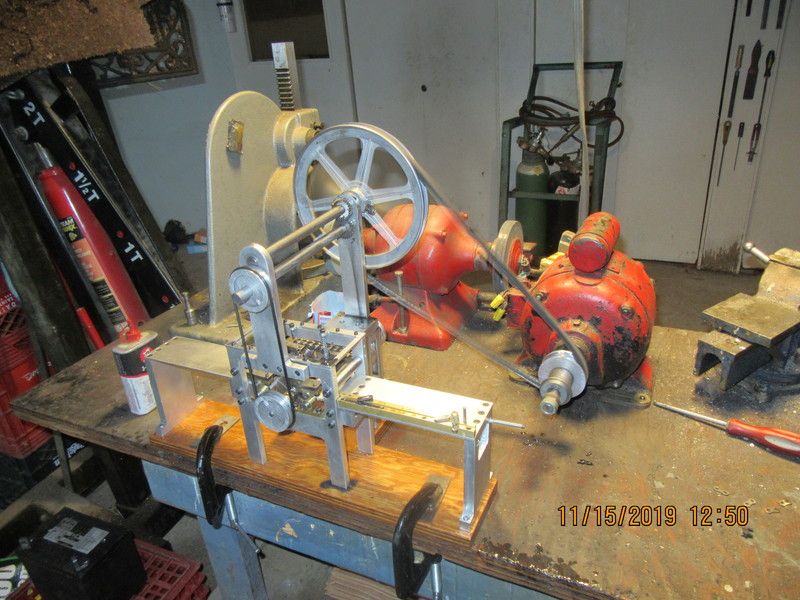


















![MeshMagic 3D Free 3D Modeling Software [Download]](https://m.media-amazon.com/images/I/B1U+p8ewjGS._SL500_.png)













![DreamPlan Home Design and Landscaping Software Free for Windows [PC Download]](https://m.media-amazon.com/images/I/51kvZH2dVLL._SL500_.jpg)






















